Brass Sun was one of the hit new series to emerge from the pages of British weekly 2000 AD in the 2010’s. Debuting in 2012’s Prog 1800, the clockwork punk visuals – expertly delivered by co-creator and artist INJ Culbard – and the twisting plot of writer/co-creator Ian Edginton garnered many fans. It was even one of the rare series to receive the mass-market hardcover collection treatment. Then in 2018, after concluding its fifth arc in Prog 2072, things went quiet.
The creative team went on to other projects. INJ Culbard went on to co-create another hit, the Dan Abnett-scripted scifi mystery series Brink; Ian Edginton on new series of Scarlet Traces, Fiends of the Eastern Front and Helium – often with regular collaborator D’Israeli. It was starting to look like the series would never return.
But now – in the year 2025 – Brass Sun is back. Its newest arc Pavane began in the pages of 2000 AD Prog 2450 (released mid-September in the UK and should be reaching the US imminently, Prog Pack distribution channels willing).
The Beat contributing writer Dean Simons talked with Ian Edginton about bridging the gap for series newcomers, the current direction of Brass Sun, and the mental health crisis that precipitated the hiatus….
Dean Simons: For those new to the series, how would you describe Brass Sun, and the draw for the latest arc for brand new readers? What can you tease?
Ian Edginton: In a not so small nutshell, at the heart of the story is The Orrery, a fully functioning, life-sized clockwork solar system. A clutch of planets, moons and asteroids orbiting a vast, life-giving brass sun via immense metal spars. This once unified collection of worlds fell into war and has regressed into eccentric fiefdoms and petty baronies. Millenia later the sun is now winding down and the outer worlds are giving in to entropy and icing over with the rest to inevitably follow.
Wren, a young girl who lives on Hind Leg – one of those outer worlds – is given the task by Cadwallader, her scientist grandfather, to find the lost pieces of the key that can restart the sun. We then follow her exploits across the system, the people and creatures that she meets. It is an impossible task and things do not go the way these sorts of stories would have you believe. Just because you’re the plucky underdog it doesn’t mean you have the right to succeed. Wren’s story starts off as a classic adventure/fable trope but soon transitions into something more.
Pavane picks up with Wren several years into her quest and she’s at a low point, a very low point in fact. She’s been through some terrible times and she’s basically given up and is waiting out the end of the worlds, that is until an old friend, the sky pirate Ariel O’Conner comes literally crashing back into her life. Whether she likes it or not, the brass sun is not done with her yet.
Dean Simons: Where did the original idea for Brass Sun come from?
Ian Edginton: I’ve always been fascinated by orrery, intricate clockwork models of Earth’s solar system. All the gears and ratchets and arms. It wasn’t a great leap to then wonder what it would be like if it was full sized! Why was it built? What’s its story? Who would live on those worlds? How would they travel between them?
After that initial idea, the questions and story ideas just kept coming!
Dean Simons: How did you and Brass Sun co-creator INJ Culbard start working together? Were you old friends?
Ian Edginton: We were introduced by a mutual friend, the artist Matt Brooker aka D’Israeli. I had been approached by publisher SelfMadeHero to adapt the Oscar Wilde novel, The Picture of Dorian Gray into a graphic novel and asked Ian [Culbard] if he’d be interested in working on it.
He did and we found we worked well together, so much so that we then went on to adapt all of the Conan Doyle Sherlock Holmes novels and Edgar Rice Burroughs A Princess of Mars, all for SelfMadeHero. A little while later we talked about doing something of our own and so pitched Brass Sun to 2000 AD.
Dean Simons: The original run of Brass Sun (it ran for five series) was very popular. During its 7-year downtime, did you still hear a lot from fans about it? What was the reception to the return announcement like?
Ian Edginton: It was very well received, almost unnervingly so! I started to doubt whether I could repeat it with the next run. It was genuinely a case of performance anxiety! I was worried that it wouldn’t be as good as what had gone before, so I kept on putting it off and putting it off. Ian [Culbard] and I eventually went on to do other things and Brass Sun got quietly set to one side.
A year or so ago my teenage daughter read the whole thing and couldn’t believe that I’d left poor Wren and the others in limbo. I went back and reread it all myself and realised she was right. Ultimately, I decided that I’d let the story lie fallow for far too long and that it was time to bring it back. The return of Brass Sun was also the question I was repeatedly asked when I was at signings and conventions. I kept on prevaricating and procrastinating until I finally decided to get out of my own way and get on with it.
When news got out that Brass Sun was returning, I think, ‘About bloody time’ was the phrase most often used! People seem to be genuinely pleased that it’s coming back.
Obviously because there’s been such a gap between the previous series and this new one, we’ve had to find a handy dandy way of bringing everyone up to speed. The previous collections are still out there but I didn’t want to drop everyone in cold. I needed to cover what had gone before, but I wanted to do it in an interesting way.
Eventually I came up with the idea of a Chaucerian style pilgrimage set in the far future. Wren has become this legendary, iconic figure, so much so that there are pilgrims who visit her old home world of Hind Leg. The Orrery, the Wheel of Worlds, has clearly changed but we don’t know how or what Wren did to become so revered. We drop hints and scatter plot threads and then jump back in time to the 20-something Wren. This series and those that follow will show us how she gets from here to there.
Dean Simons: You mention your daughter was reading the series and that gave you a road back, did she have much influence on the direction of this new series? Does she often read your work?
Ian Edginton: She’s read some of it, things like Brass Sun, Kingdom of the Wicked, and Helium. She gave me the kick in the pants I needed to go back and give Brass Sun another look. I think the Brass Sun I’m writing now is very different from what it would have been had I just carried on with the original series – and that’s a good thing!
Dean Simons: Where are we now in your original outline for the series? Has it changed much during the hiatus?
Ian Edginton: I have the whole thing mapped out right to the very end, how I get there might wander and meander a bit though. I don’t believe in rigorously plotting everything so that it’s absolutely watertight, I used to but not anymore. I know from experience now that plots can go off on tangents that you don’t expect them to, or what were background characters suddenly have a bigger part to play, and that’s the fun of it. It’s a corny thing to say but it does really take on a life of it’s own! If I’d continued the story back in the day it would be different from what I’m writing now. Better or worse I can’t say but I’m definitely happy with the way the work’s going right now.
Dean Simons: You mentioned that the long hiatus for Brass Sun was due to performance anxiety and I was wondering if you could tell us more about that. When did you first realise it was an issue? What’s your advice for those experiencing creative blocks?
Ian Edginton: The positive feedback for the first series was great but as time went on, you wonder if you have it in you to be able to repeat that. You try to analyse what it was about it that made it click with people and of course that way lies madness! You overthink things, you become over critical and you start to spiral until the only thing you can do is put it to one side, put it in a box or a drawer and just leave it. I’m glad I did that because in those intervening years I went though a lot of things great and small. I got divorced, I moved house, I travelled, read a lot of books, met new people, had some trials and tribulations too, which all fed into my experiences. When I dug out Brass Sun again I wasn’t the same person who put it in the drawer. I’m not saying I had some Zen-like revelations but I think I needed that time away to get a little perspective on the story, on a lot of things in fact.
Writer’s block or if I’m just a bit stymied on a story, I’ll do a number of things. Going for walks, going to the gym, getting out of the house and clearing your head are vital!
If I’m still stuck, I’ll go and work on a different project. It’s still writing, so you’re going through the same process but the story or subject matter is different and it’s easier to get down on paper. It gets the wheels moving and so when you come back to the thing you were stuck on, the cogs and gears have been freed up and you’re more able to move forward.
Brass Sun: Pavane is currently running in 2000 AD. You can catch up with the story so far, starting from Prog 2450 – or grab the lot from the official webshop. The hardcover collection of earlier arcs is still available.





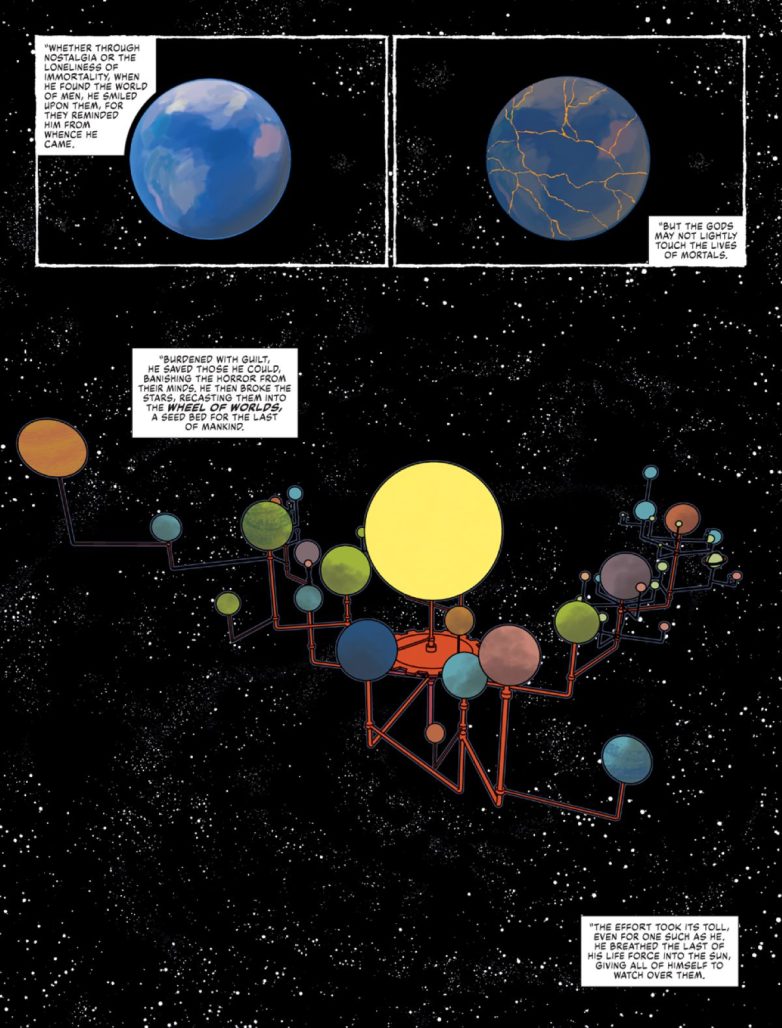


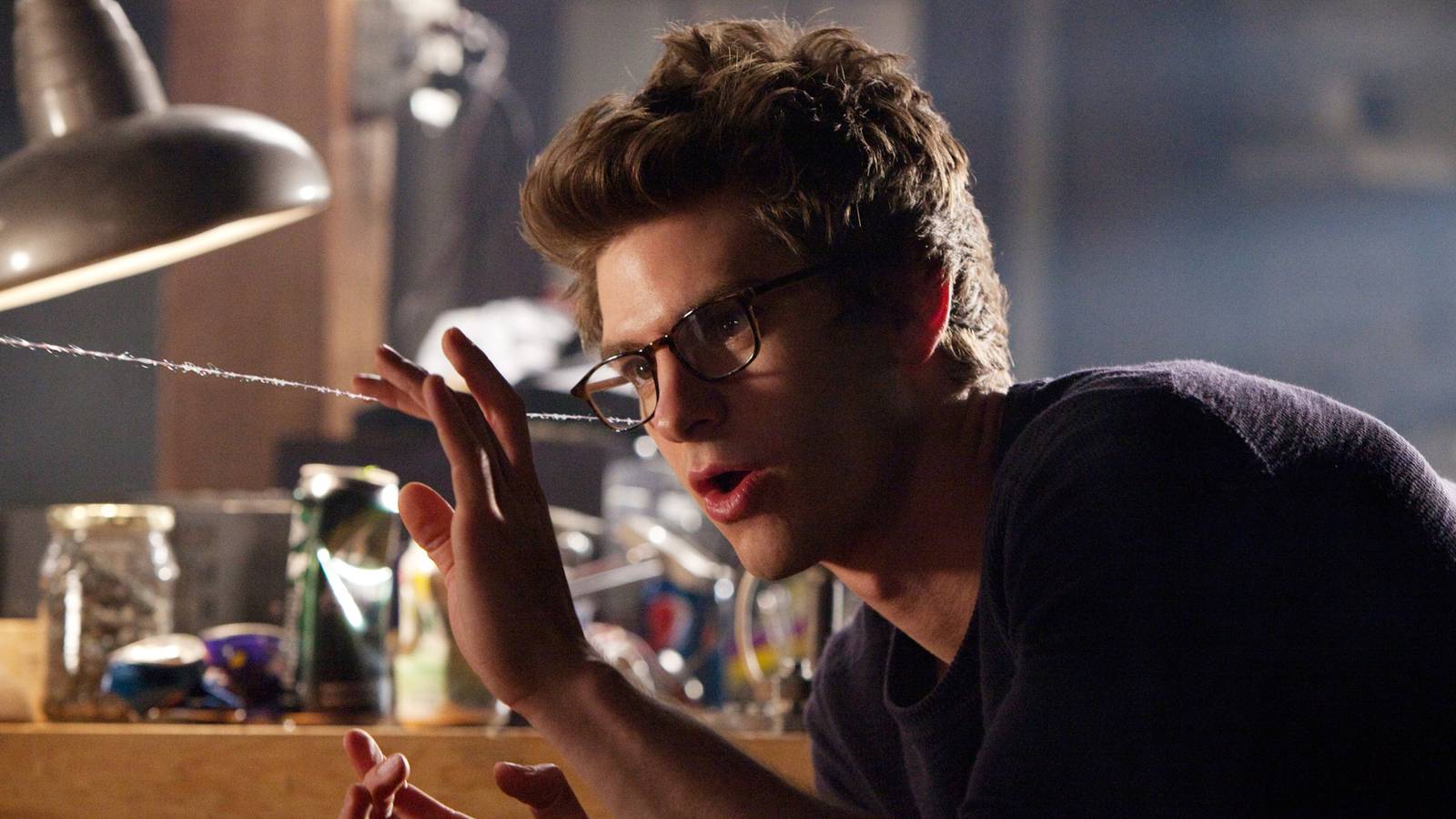



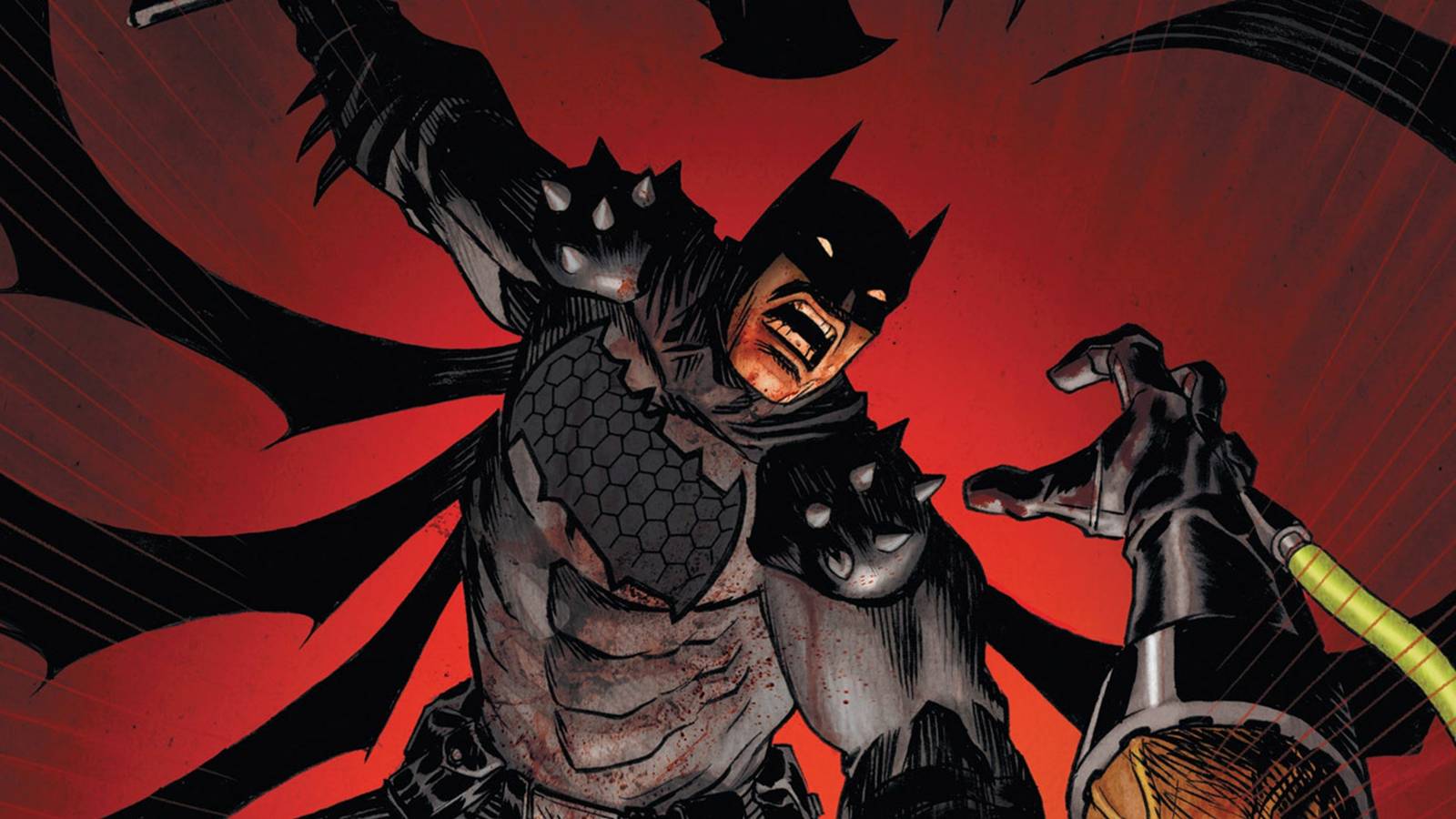

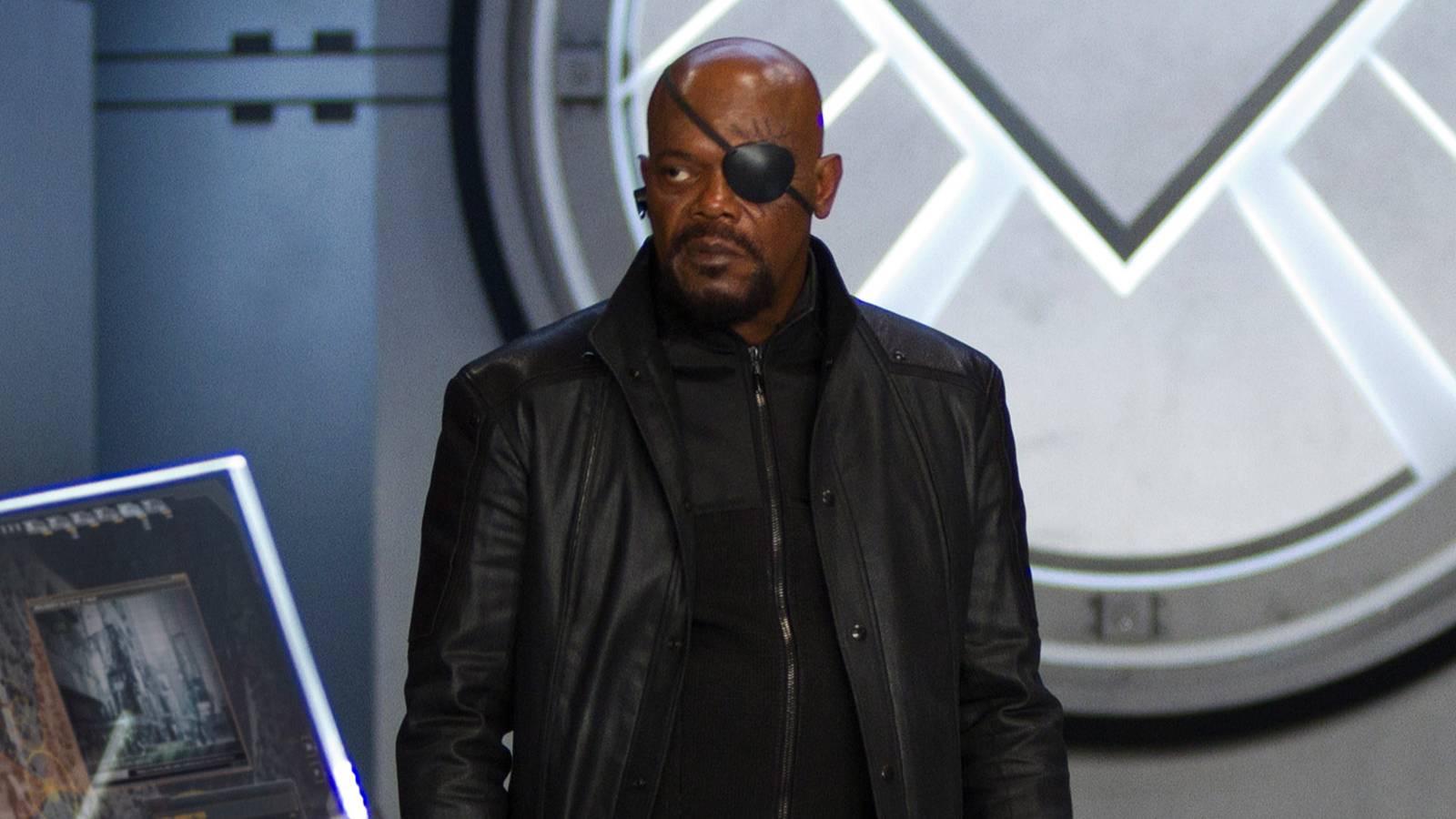



![Ghost of Yōtei First Impressions [Spoiler Free]](https://attackongeek.com/wp-content/uploads/2025/11/Ghost-of-Yotei.jpg)


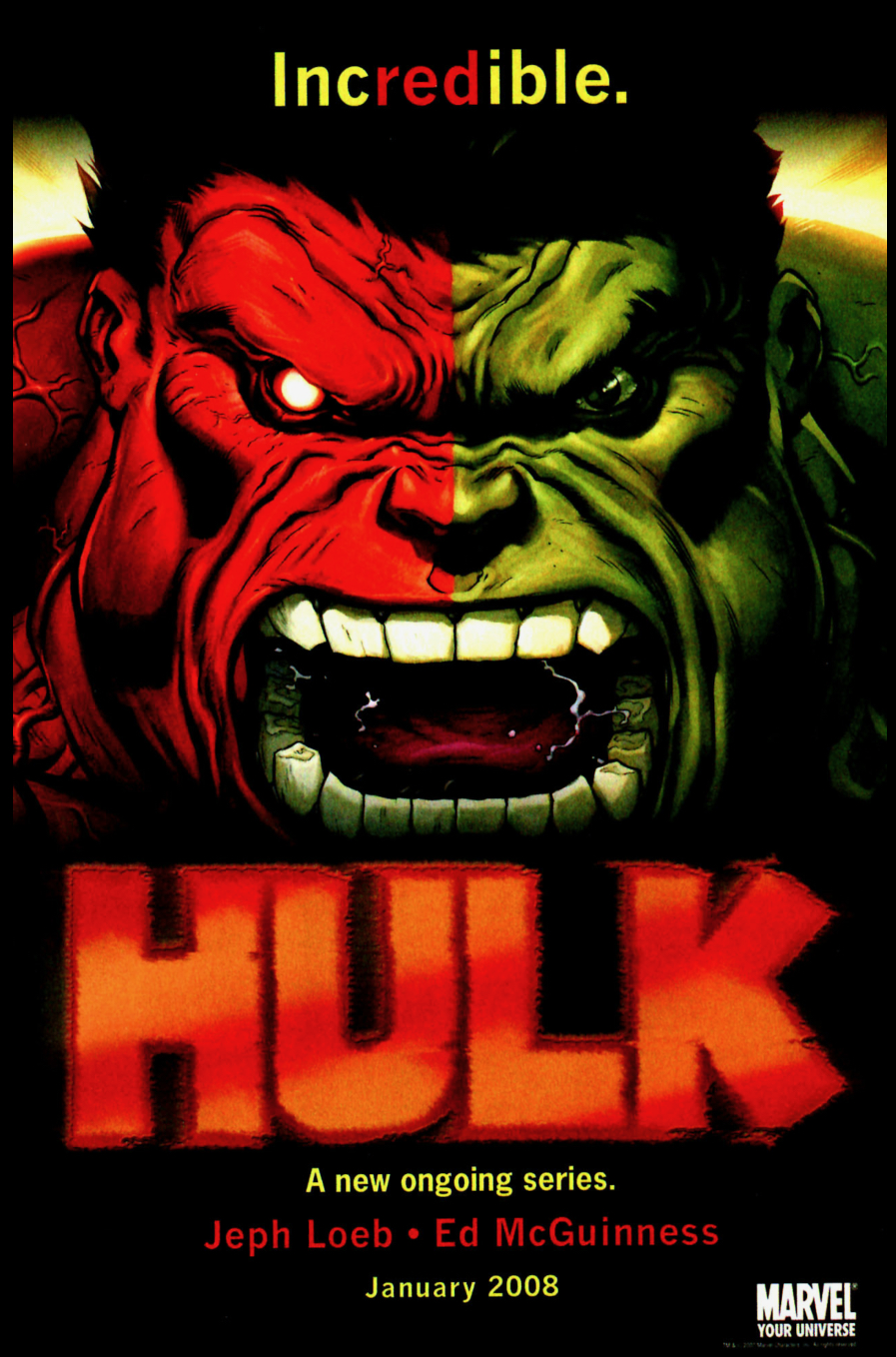
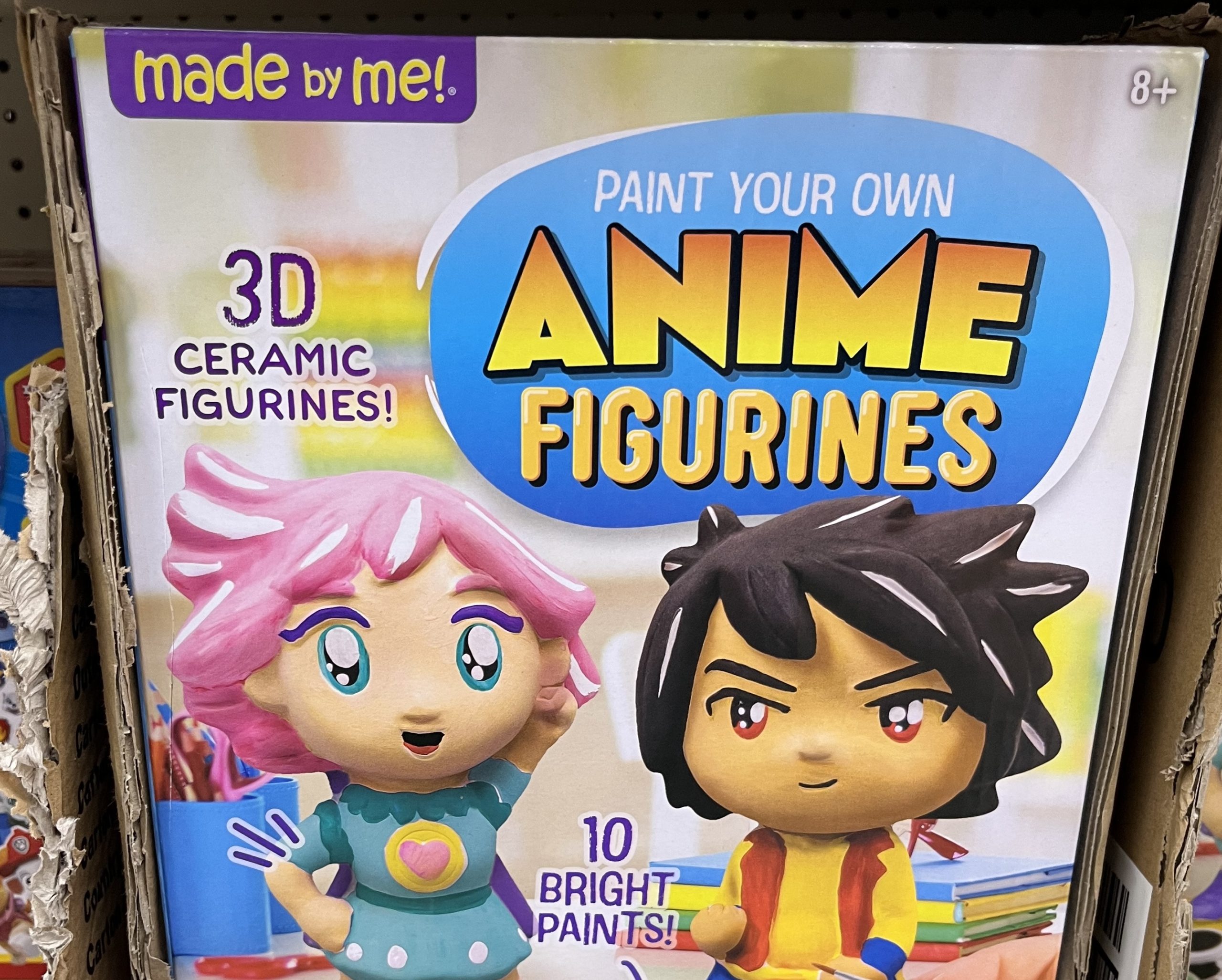
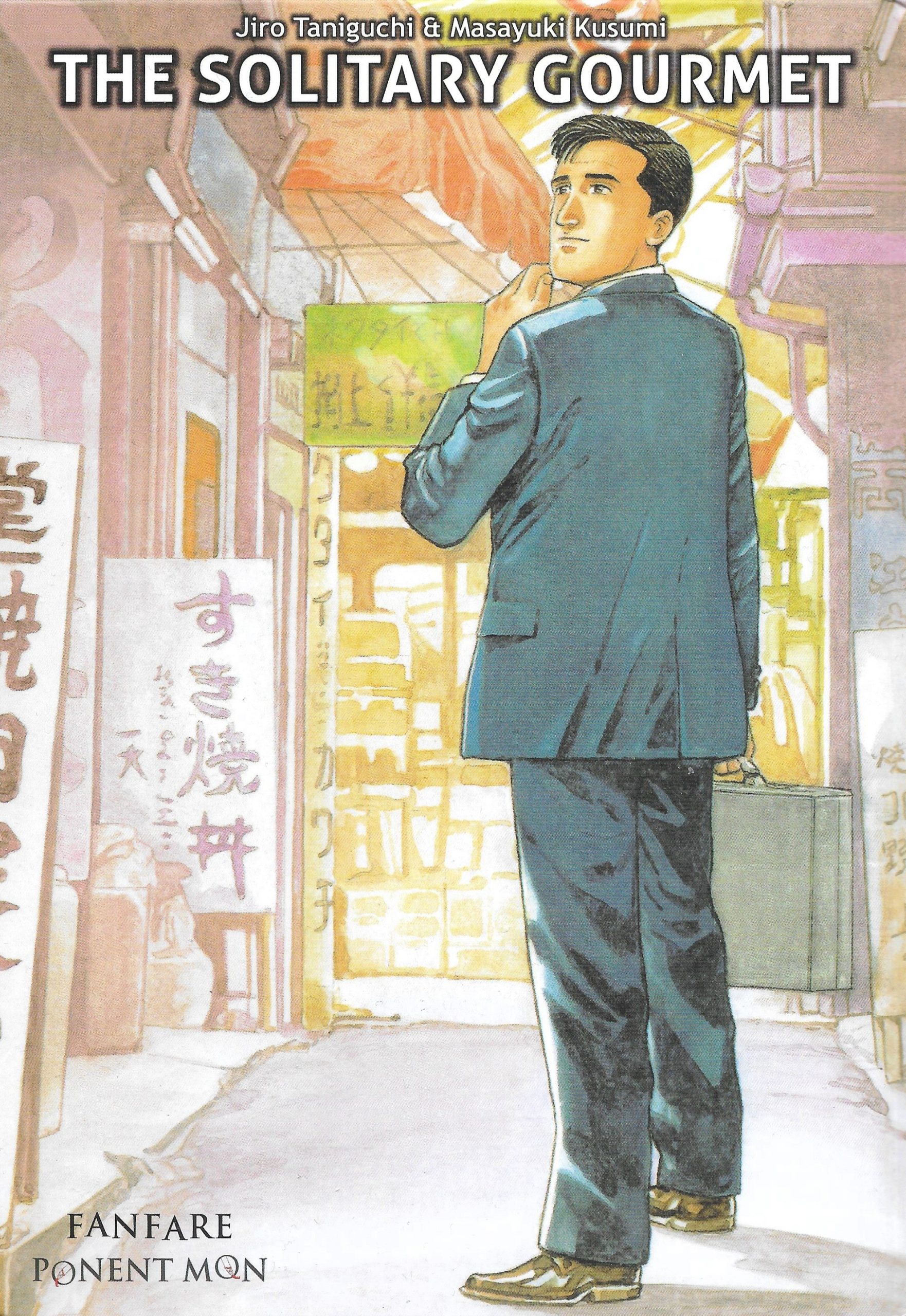
 English (US) ·
English (US) ·